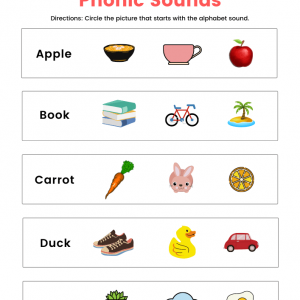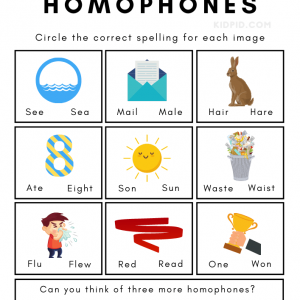Activity › Discussion › Environment › Plants transport water
Tagged: Plants transport water
-
Plants transport water
Posted by Elvira on April 29, 2024 at 12:12 pmHow do plants transport water from their roots to the leaves?
Bunny replied 2 weeks, 6 days ago 2 Members · 1 Reply -
1 Reply
-
::
Plants have a specialized vascular system composed of xylem and phloem that helps transport water, nutrients, and sugars throughout the plant. The xylem is responsible for the upward movement of water from the roots to the leaves.
The process by which water moves upward through the xylem is called transpiration. It begins when water is absorbed by the plant’s roots from the soil. The roots contain root hairs, which increase the surface area for water absorption. The water moves from areas of higher water potential (in the soil) to areas of lower water potential (in the roots) through a process called osmosis.
Once water is inside the root, it enters the xylem vessels. These vessels are long, hollow tubes made up of dead cells with thickened walls. They form a continuous network extending from the roots all the way up to the leaves. Water molecules adhere to each other through a phenomenon called cohesion, forming a continuous column within the xylem.
As water is lost from the leaves through small openings called stomata, a process called transpiration pull occurs. Transpiration creates a negative pressure or tension in the xylem, which pulls water upward. This tension is transmitted down the xylem vessels, and water is drawn up from the roots to replace the lost water in the leaves.
The cohesion between water molecules (due to hydrogen bonding) and the adhesion of water molecules to the xylem vessel walls help maintain the integrity of the water column and allow it to be pulled upward against gravity. This movement of water through the xylem is often referred to as the “cohesion-tension theory.”
In addition to transpiration pull, root pressure also plays a minor role in water transport. Root pressure is the result of active transport of mineral ions into the xylem at the root, creating a higher solute concentration and osmotic pressure. This pressure can push water up the xylem to a certain extent, particularly in some herbaceous plants.
Overall, the combination of transpiration pull and root pressure allows water to be transported from the roots to the leaves, ensuring the plant’s cells receive the necessary water and nutrients for their survival.
 Phonic Sounds Worksheets for Kids
Phonic Sounds Worksheets for Kids  Homophones Worksheets for Grade 1
Homophones Worksheets for Grade 1  Identifying Objects & Coloring Worksheets for Kids
Identifying Objects & Coloring Worksheets for Kids